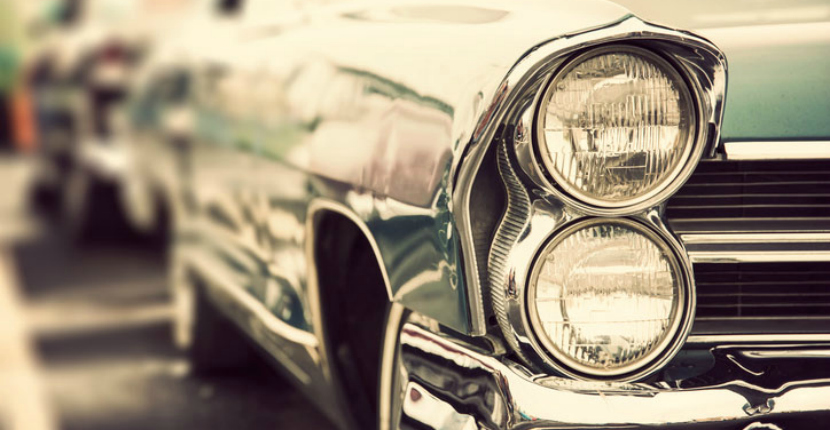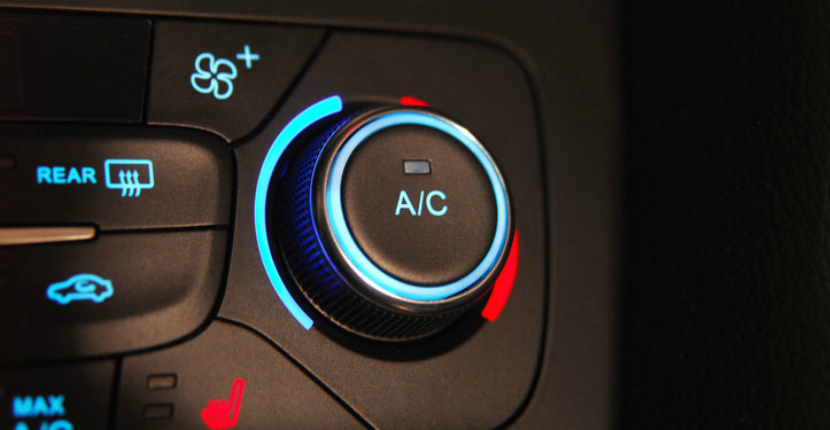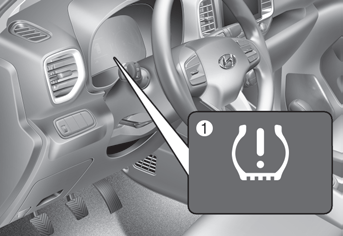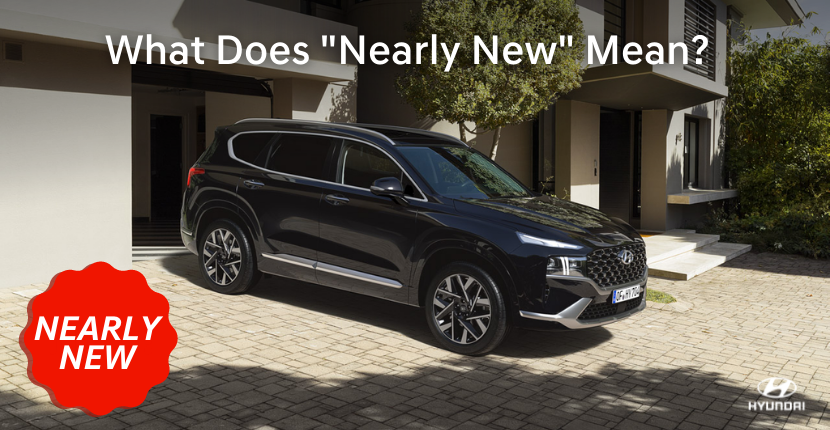The Truth about Car Depreciation

Debunking the biggest myths.
By Dominick Logan, Rosen Hyundai General Sales Manager
Unless it’s a classic or rare, no car appreciates.
In fact, after the first year of purchasing a new car, the car depreciates by about 20%. The moment you take it off the lot it officially becomes a preowned car and loses value. And the depreciation rapidly continues the following few years, losing on average 60% of its total value by the fifth year. At this point, the car has higher mileage, comparatively fewer bells and whistles than new models, no (or limited) warranty, and aging bodywork—all of which are reflected in its depreciated value.
When it comes to the debate of whether to buy a new or used car, the point of deprecation is a major factor to consider. Some buyers bent on a used car might find that a new car is within reach; and other buyers bent on a new car might find satisfaction in a used car. Here’s why.
The Big Myth of Buying Used
Maybe the biggest myth about buying a used car is that a new car is always much more expensive than a used car. In reality, the spread between a used and new car might be insignificant enough to warrant buying a new car—which has all the upgrades and fewer miles.
It obviously depends on the year and type of car a buyer is looking at. If a customer is looking at used cars older than five years, the depreciation is significant enough that a used car will be much cheaper. However, new car inventory and incentives drive the pre-owned inventory and pricing of used cars (especially under three years old).
That means when manufacturers have a glut of new cars in a certain model they offer high incentives to move inventory. This drives down the value of newer used cars. Let’s say during a clearance event a dealership has a $28,000-Sonata for sale. With dealer incentives and rebates, a buyer might be able to pick up the car for just under $20,000. A two-year-old vehicle—same model—would sell for $17,000 or $16,000. For $3,000 more, a buyer could get a brand-new vehicle, with all the new-car perks including a full warranty. For some buyers, $3k is a budget-breaker, and buying the used car is the wise (and maybe only) option.
Diamonds in the Rough
On the flip side, a customer determined on buying a new car might actually find a better deal buying a used car. Every so often, diamonds in the rough can be found. Say someone trades in a 1- or 2-year-old car with low miles, sharp interior, clean bodywork, a warranty, and amenities you would expect from a new car. However nice it is, in order to sell the vehicle, a dealership must price it competitively—not too close in price to the new one—so it doesn’t languish on the lot.
Compared to the price of a new car (same model), a $4,000 or $5,000 savings is appealing. And the buyer has knocked off a year of depreciation. The key is to do your homework. Know your absolute must-haves so you have no regrets down the road.
How Depreciation Affects Financing
Financing is always predicated on the year of the vehicle and the amount financed. New-car financing is set by the factory, and often special financing and incentives are offered to increase sales. Sometimes manufacturers will offer 0% financing.
While financing a new car is cut and dry, used-car financing introduces a few more variables. A big reason for this is depreciation. Used cars—which may have mechanical problems or have been in unreported fender-benders—are harder to place a value on. When banks finance a used car, they take on the risk of repossession—and being stuck with a lemon. To address the risk they take on, the bank increases interest rates.
Financing might trigger a significant enough increase for a used car that buying a new car with a lower interest rate might be a better option.



